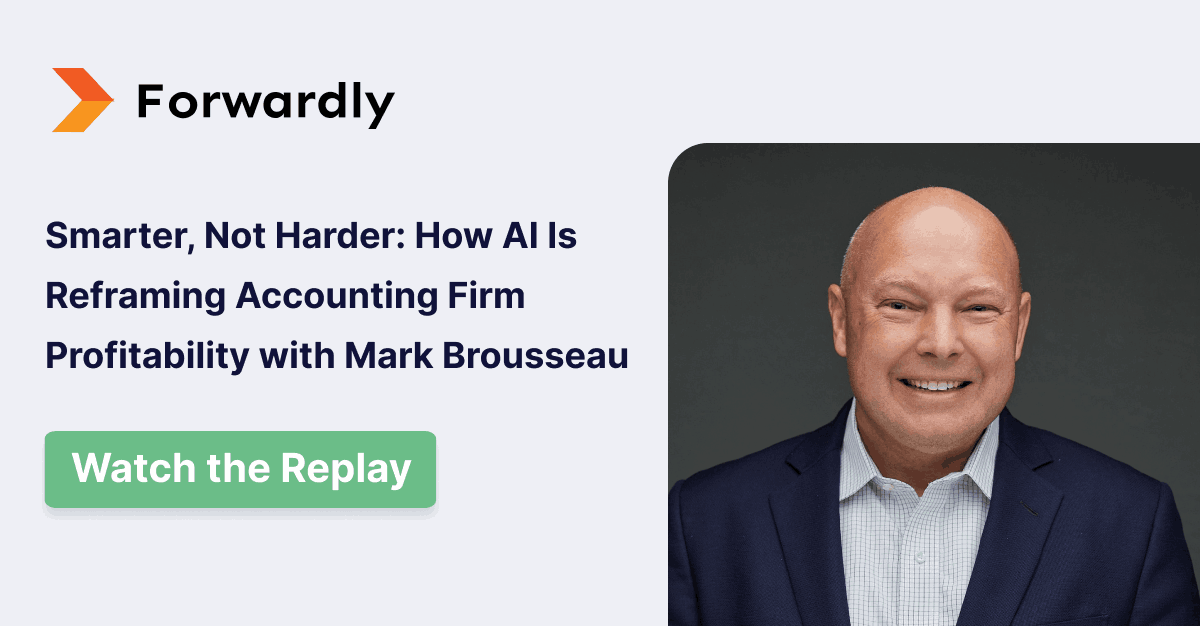By definition, your balance sheet measures your business’s net worth by taking into account assets, liabilities, and equity positions. It literally gives you a snapshot of your financial strength. Your balance sheet is part of a trifecta of accounting statements, which also includes your cash flow statement and income statement (P&L).
Running a business is your job; supporting you in doing that is ours at Forwardly. A crucial part of managing cash flow efficiently is understanding your financials. Here’s a guide to help you grasp the basics of your balance sheet for small to medium-sized businesses:
What is a balance sheet?
A balance sheet is an accounting document (financial statement) that lets you get important information about your business’s financial position at any given time. (Usually, businesses produce one quarterly or yearly — but that time period is up to you.) Sometimes also called the statement of financial position, the balance sheet is based on a straightforward equation:
Assets = Liabilities + Equity
On any balance sheet example, you’ll usually see assets on the left with liabilities and equity on the right. Sometimes, in a vertical format, assets will be on the top of the balance sheet, with liabilities and equity on the bottom. Either way, it’s a pretty readable, accessible document.
As you’ve likely come to understand for anything related to accounting, there’s more to your balance sheet than a list of numbers.
Your assets
This is the good stuff. Your assets include your tangible holdings, both liquid and illiquid. For example, think cash and equipment, respectively. Your inventory would be included here, too.
When listed on your balance sheet, you might subdivide these into things like fixed assets (real estate, machinery) and current assets (accounts receivable, petty cash). That’ll help you get a better picture of what you can access and quickly convert to funds should you need to.
You might also be wondering about things like patents, trademarks, or intellectual property (IP). Technically, IP and similar holdings are also considered assets — although these are classified as “intangible” assets, which are different. And, unsurprisingly, much harder to value. Relatedly, many investors dispute the exact worth of intangible assets — and value them differently on an individual basis. (Unless you hold the patent for a best-selling soft drink, velcro, or breakthrough in quantum computing!)
Your liabilities
Any debt lives here. If you’ve taken on business financing, for instance, that loan principal and its interest will live within your liabilities column. Business credit card balances, too, as well as outstanding invoices. This also includes your operating expenses. Your overhead needs to be counted here: Think salaries and benefits, rent, and any taxes you’ll owe, too.
Like your assets, an organized business owner will find it advantageous to organize liabilities by type, too. A good way to consider them is as current (utilities, taxes) or long-term (mortgage, loan interest). This’ll also come in handy when you’re trying to see if your cash flow projections will cover you for both now and down the line. Plus, you’ll be able to figure out if you’ll have the liquidity to reinvest retained earnings.
Your equity
Equity (also known as shareholders’ equity) is the last piece. You’ll figure out whether you have any equity in your business when you subtract your liabilities from your assets. You can also think of this as a net asset. As such, you’re going in the right direction if the number is positive — that means you have more assets than debts.
There’s one more step to get the full picture of your retained earnings. In other words, the money that’s actually left to reinvest into your company. If you have investors, you’ll have to distribute any remaining dividends. However, account for shareholder payments before you get your final equity number.
What does your balance sheet tell you?
Your company is like a living, breathing organism. Or, it certainly feels like that because everything is constantly changing. When things are moving so quickly, it sometimes seems impossible to freeze time on any given day and ask, “How are things really going?”
Your balance sheet is the closest tool to being able to do just that. A balance sheet is a financial snapshot of your business at a specific time. It’s like a photograph in the sense that it captures a moment. That also means that it’s not like a time-lapse video, which is why you’re not going to want to rely on it for any kind of historical or trend info.
Why do you need a balance sheet?
First of all, if you’re an S-Corp or a C-Corp, you need to provide one to the Internal Revenue Service (IRS). That’s just the law. Think of this less of why you’d need a balance sheet and more of why you’d be at a disadvantage without one.
See your business vs. industry
How’s your financial position relative to others in your sector? Where’s your money going relative to others? Are you holding onto way more working capital, or do you not have enough cash? The answers to these questions will all be different depending on a company’s needs. But you should know where you fall relative to others. Especially if the info is out there.
What investors want to see
If you’re in the lucky position in which investors want to put money into your company, a balance sheet will be one of the absolute most important documents they’ll evaluate. Foremost, they’ll look at where you’re allocating your capital, how much cash you have on hand, and even if you’re holding onto unnecessary working capital or other assets. Equally, they’ll be able to tell how you’ve managed your business based on the liabilities you’ve racked up.
Grasp the full picture of your finances
Remember how we mentioned a balance sheet was like a photo, not a time-lapse? Well, to get to that long time-lapse, you need that singular photo. To create the bigger picture, integrate the balance sheet with your other financial statements. Your income statement gives insights into your revenue and expenses, while your cash flow statement shows how cash is moving in and out of your business. Combining all three allows you to paint a complete picture of your financial situation and make informed decisions.
By regularly reviewing and analyzing your financial statements, you can better understand where your business stands and where it’s headed. This holistic view of your finances empowers you to strategize effectively, allocate resources wisely, and steer your business toward long-term success.
Getting a sense of your liquidity
It may seem like everything comes back to cash, and you’re not wrong. As a business owner, balancing your balance sheet, income statement, and cash flow statement puts you in the financial driver’s seat.
Managing your cash wisely is key—ensuring you’re not spending too much in the present, keeping enough for the future, and placing it in the right areas for growth. To optimize your cash flow, keep these three financial statements well-organized and up to date. And, if you need help with your cash flow, Forwardly has you covered. We streamline your accounts receivable and accounts payable processes. With Forwardly, you can receive business payments in 60 seconds for only a 1% fee (capped at $10), and paying bills by bank is free. With faster payments, you can stay on top of your cash flow with ease.
But that’s only part of the equation. Insightful cash flow forecasts and risk assessment (included in your forecast) help you spot patterns in your inflows and outflows. This allows you to stay ahead of potential issues and make better financial decisions. Forwardly offers free cash flow forecasting up to 12 months.
Ready to take control of your cash flow? Sign up with Forwardly for free today and experience the difference in your business’s financial health.
 Back to Blog
Back to Blog

